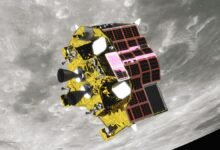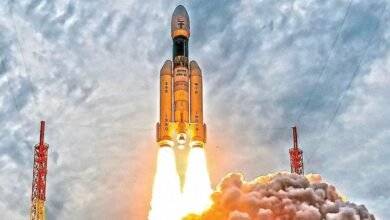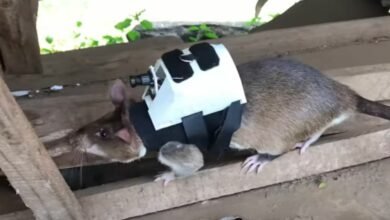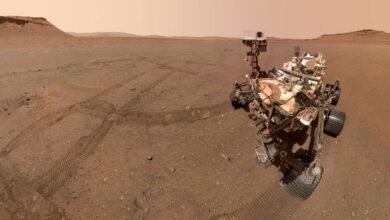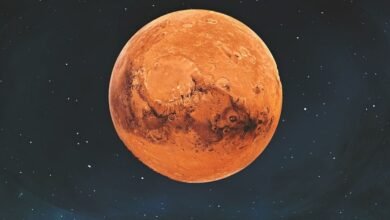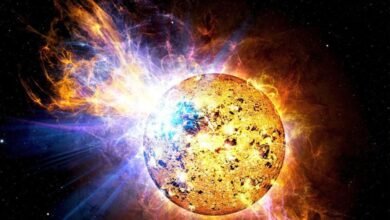Orbital debris is growing as the biggest threat to space missions
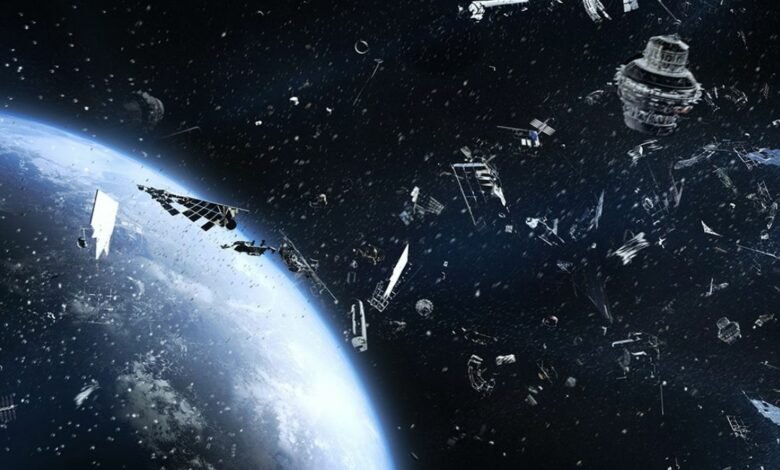
Dangers await astronauts on upcoming space missions.
The biggest threat to spacecraft is from orbital debris formed by abandoned satellites and other human-made objects revolving around the earth known as space junk, warns NASA. Colliding space junk creates even more debris, leading to a ‘runaway chain reaction’ of cascading collisions littering the orbit with tiny, dangerous objects.
There are half a million pieces of debris of the size of a marble and 100 million pieces measuring around one millimeter in orbit, according to experts. “Millimeter-sized orbital debris represents the highest mission-ending risk to most robotic spacecraft operating in low Earth orbit”, says Stefania Soldini, a space engineering lecturer at the UK’s Liverpool University.
The outer space is becoming more crowded with around 35% of the 14,000 satellites ever launched into space in the last three years, and 100,000 more satellites could potentially be added over the next decade, states the UN office.
Missiles fired for weapon tests also turn space junk
Missiles fired for weapon tests also contribute to the pile of space junk. The International Space Station has orbital shields to protect it from debris of less than 1.5 centimeters in size.
Apart from orbital debris, natural objects like meteoroids also raise threat to space missions. The micrometeorites can travel at speeds from 10 to 30 kilometers per second. Russia recently announced a fresh mission to the International Space Station to pick up crew members left stranded after a meteorite strike damaged the capsule that was to take them home.
The Soyuz MS-22 crew capsule docked with the ISS was affected by a radiator coolant leak in December. Russian cosmonauts Sergey Prokopyev and Dmitri Petelin were preparing for a spacewalk when the leak was detected.
Human space missions turn risky
The US Department of Defense tracks objects orbiting Earth, mostly larger than 10 centimeters. If a larger piece of debris is seen heading towards the ISS, its thrusters move the space station out of the way.
“Human space exploration is risky” Didier Schmitt, the European Space Agency’s head of human and robotic exploration, was quoted saying by a report in this regard. In short, a myriad of dangers including solar flares await astronauts on upcoming missions to the Moon and Mars.

